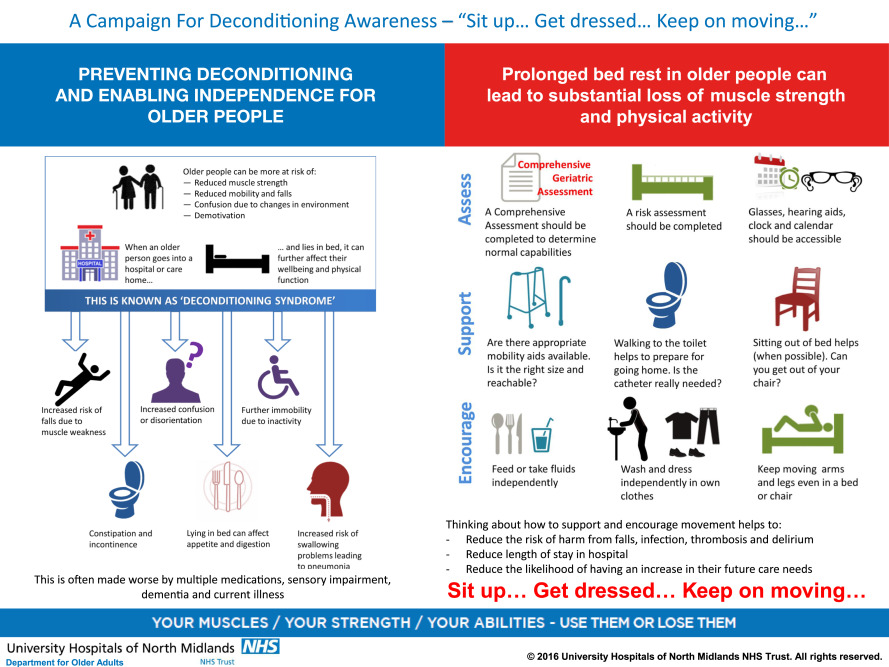Examines how geriatric care has evolved with changing demographics of older age and looks at care protocoals and new technologies to increase life expectancy and improve quality of life in older adults.
Explores the links between climate change, human health, and human rights—focusing on the human right to health. Examines the current state of the international debate surrounding the human right to health. The goal of SDG target 13 is to take urgent action to combat climate change and its impacts.
Elsevier,
Design and Operation of Solid Oxide Fuel Cells: The Systems Engineering Vision for Industrial Application, Volume , 1 January 2019
This book chapter advances SDG goals 7, 13, and 11 by examining the use of solid oxide fuel cells in land, marine, and aerial vehicles as a replacement for carbon emitting fossil fuel engines.
In this webinar, the UN Global Compact provide an overview of their “2020 Vision” and hear from engaged stakeholders on the importance of peace, justice and strong institutions (goal 16) to sustainable business – not only as the foundation for business responsibilities but also for business success.
Advancing goals 8 and 9, this webinar explores how technology can advance decent work in global supply chains, with a specific focus on the potential of blockchains.
To advance goal 12 and 13, this report provides guidance on the “ambition loop” — a positive feedback loop in which bold Government policies and private sector leadership reinforce each other, and together, take climate action to the next level.
To advance goals 8 and 16, this report provides a list of concrete actions that different stakeholder groups — including business, the investor community, Governments, the UN and civil society — can take to scale up business action and investment in high-risk areas. It also provides an overview of eight multi-stakeholder initiatives that support stakeholders in scaling up these actions.
Advancing goal 17, this report seeks to inspire and guide companies, governments, cities and others involved in the implementation of Agenda 2030 to tap into the private capital markets and benefit from cheaper and more reliable capital to support the implementation of their SDG strategies. It introduces a roadmap for mainstream SDG bonds and corporate SDG finance to tap into the largest assets classes and respond to the specific financing challenges in emerging markets.
Contributing to SDGs 8 and 16, the Interactive Map for Business of Anti-Human Trafficking Organisations includes information on the organisations that work with the business sector to combat modern slavery.
Sleep health is a good indicator to a person’s overall health status and general well-being. Proper sleep is one of the most important factors to healthy immunity. Protecting and restoring sleep quality are vital to well-being. Problems such as insomnia, obstructive sleep apnea, fatigue, and hypersomnia can all affect the quality of a person’s sleep.

